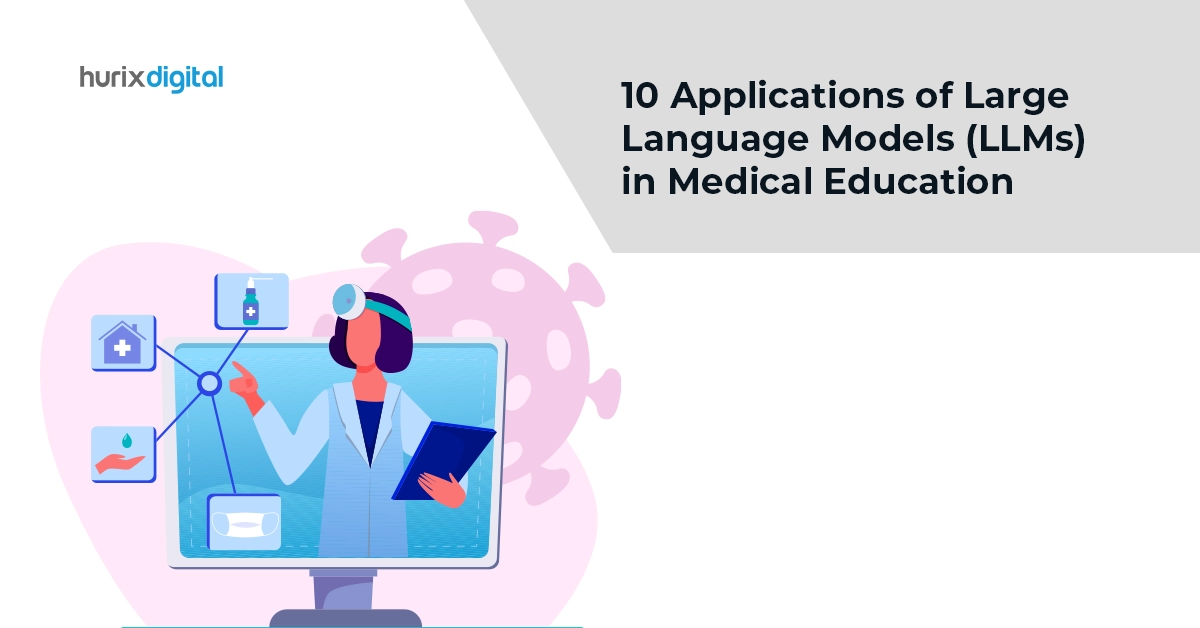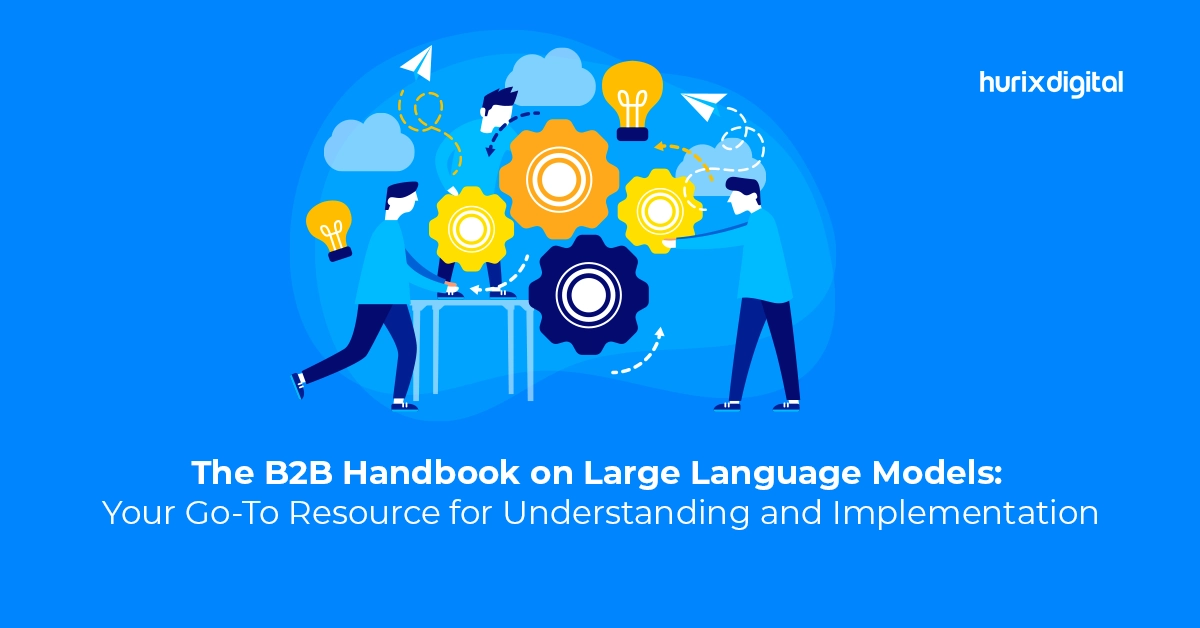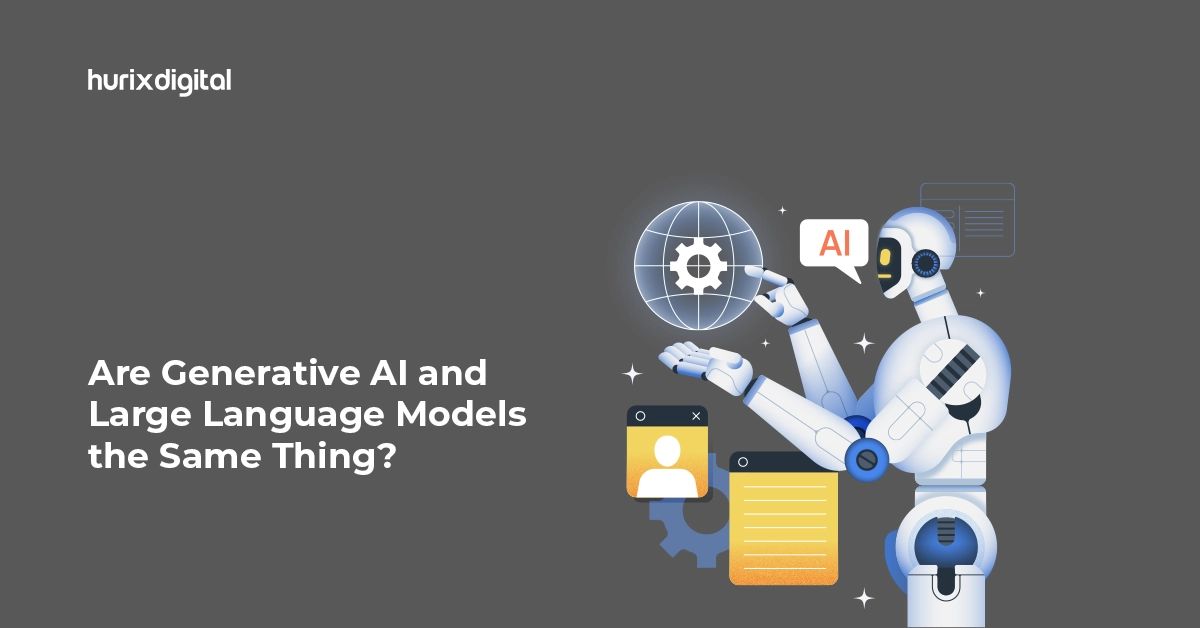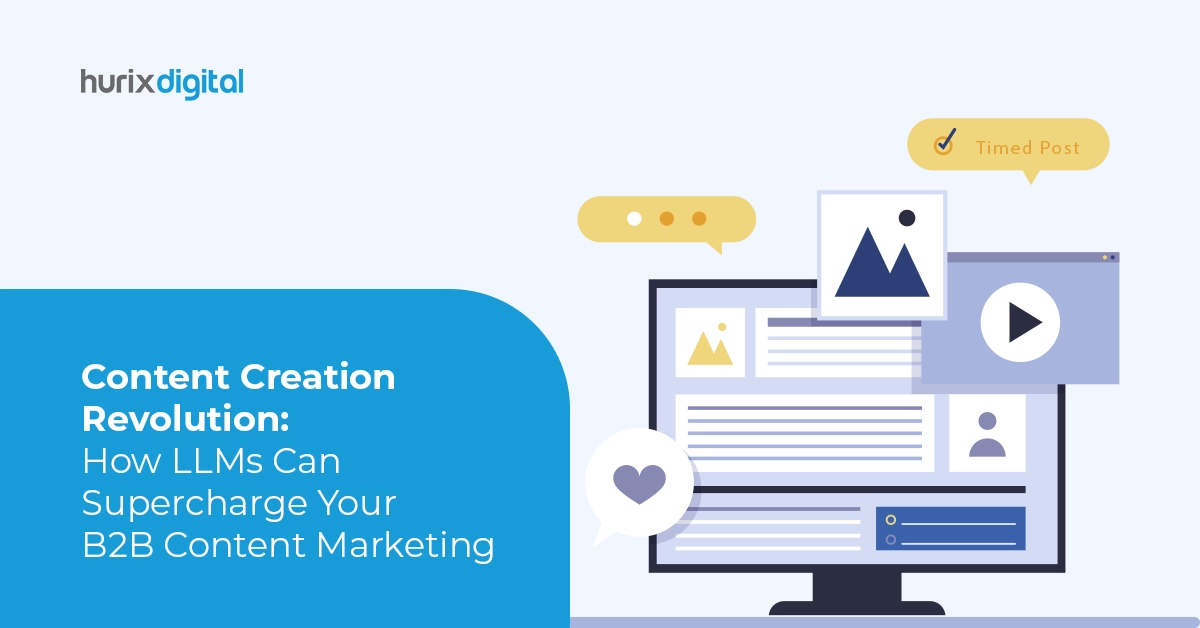
10 Applications of Large Language Models (LLMs) in Medical Education
In recent years, AI in medical education has been on the rise. The medical field is constantly evolving, and students need to be on the same page with real-world developments.
There is no better guide than AI when it comes to ensuring participants stay on track with every new development. Further, AI can monitor progress and adapt course routes based on individuals. In a field as dynamic as medicine, this is a godsend. And all this is achieved using LLMs.
In May 2023, a survey conducted by Gartner revealed that 55% of healthcare payer CIOs and technology leaders foresee a transformative or disruptive influence of LLMs on the healthcare sector.
Because of how effectively LLMs offer interactive learning simulations, they have been gaining momentum in the field of EdTech. One such example is the use of large language models in medical education.
In this article, we discuss the immense potential of LLMs in healthcare training.
Table of Contents:
- What are Large Language Models?
- Applications of LLMs and the Rise of AI in Medical Education
- Large Language Models in Medical Education: The Future
What are Large Language Models?
Large Language Models, or LLMs, are AI-based natural language processing models with varied abilities. They can understand human text and generate human-like text. They are now finding applications across various domains.
LLMs can potentially transform medical education by enhancing how basic medical knowledge is taught. Using interactive learning simulations, LLMs impart clinical learning and skill development effectively.
Also Read: How to Create a Better Training Strategy for Your Healthcare Organization?
Applications of LLMs and the Rise of AI in Medical Education
With the advancement of AI, large language models (LLMs) now stand to revolutionize how education is imparted across disciplines.
Trained with vast amounts of data, LLMs can provide almost human-like experiences. So utilizing language models in medical learning is not a far-fetched concept anymore. It is the need of the hour.
Here are a few ways LLMs can be applied in medical education:
1. Teaching Aid
There is a shortage of man-hours and teaching staff in medical education. LLMs can take over some of the responsibilities of human instructors, helping them use that time for other essential functions.
- LLMs can act as teaching assistants.
- They can break down complex concepts into smaller blocks and help students practice making diagnoses.
- They can provide students with a more hands-on approach to understanding medical concepts.
2. Personalized Learning
Personalized learning experiences are facilitated by LLMs, enabling adaptation to diverse learner requirements.
Consequently, they accommodate individual learning styles, significantly enhancing comprehension and information retention.
3. Curriculum Development
Teaching medical concepts is a complex task, and the right curriculum is the first step toward engaging future medical professionals.
One of the primary applications of AI in medical education is devising the right curriculum.
LLMs can revolutionize medical curriculum development, teaching methodologies, personalized study plans, and learning materials.
4. Research Tool
A major challenge for medical students revolves around grappling with case studies, yet LLMs alleviate this difficulty.
- LLMs convert patient education materials into a more accessible format.
- This transformation aids in improving the understanding of treatment plans, especially for patients with limited medical backgrounds.
- Furthermore, LLMs can customize educational content based on individual patient needs, enhancing engagement and adherence to treatment regimens.
5. Clinical Skill Development
LLMs can help in learning practical skills before diving into active clinic duties. They can enhance basic medical knowledge, clinical learning, and clinical skill development by allowing easier access to information in more comprehensible formats.
Students can thus gain a better understanding of clinical practices, which in turn will improve their clinical skills.
6. Access to Information
LLMs are excellent tools for information processing. They provide direct access to vast amounts of information due to the large amount of data these models are fed during development.
- This data gets broken down into more comprehensible pieces of information, which helps students gain a broader understanding of medical concepts.
- Furthermore, as LLMs are constantly updated, students can also stay updated with the latest developments in the field.
7. Enhancing Engagement with Interactive Learning
LLMs can transform the typically monotonous realm of medicine into a captivating experience.
- Augmented reality (AR) and virtual reality (VR)-based interactive learning simulations contribute significantly to comprehending intricate medical concepts.
- This modern approach not only fosters engagement and interactivity but also facilitates a deeper understanding compared to traditional methods.
- The personalized nature of these interactive learning experiences enhances overall engagement and enjoyment for students, motivating them to strive for continual improvement.
8. Guided Learning Pathway
LLMs contribute to enhanced retention capabilities.
Medical education is renowned for its intense stress levels stemming from the immense amount of information students must process and remember.
LLMs offer a structured learning path, guiding students through this challenging educational journey.
9. Monitoring Teaching Quality and Better Efficiency
LLMs help save time and effort in a variety of ways.
- LLMs can automate 20% to 40% of the current workload of teachers, freeing up time for more focused student interaction. In a hands-on field like medicine, this is the need of the hour.
- LLMs can be used to monitor teaching quality, ensuring that students are receiving the best possible education.
10. Improving Clinical Decision Support
LLMs can help with increased accuracy. Large language models in medical education use extensive medical literature on physiology and pathology as training data.
Healthcare professionals can have easy access to this information to make a diagnosis and treatment plan. It can improve the accuracy and efficiency of clinical decision-making.
Also Read: How AI is Revolutionizing Healthcare Education and Training
Large Language Models in Medical Education: The Future
LLMs truly have the potential to revolutionize medical education and transform learning experiences. Through innovative techniques and learning plans, they can largely elevate students’ skills, knowledge, and competence.
The future of LLMs in healthcare training is largely dependent on the responsible and effective use of AI technologies. The benefits of LLMs must outweigh the potential risks.
If you want to get ahead of the curve, you must start thinking of utilizing language models in medical learning. And there is no one better than Hurix Digital, which can partner with you on this venture.
Hurix Digital uses large language models to create personalized learning experiences. We provide customized learning content for self-paced learning. Our simulation training modules are the perfect fit for medical education.
So, if you would like to use LLMs in healthcare training, you can contact us today!

Senior Vice President
A Business Development professional with >20 years of experience with strong capability to sell new solutions and develop new markets from scratch. New Market Entry Specialist with experience of working in two of the largest emerging markets – China & India. Also covered other key markets in APAC, US, EU & ME. Exceptional experience of conceptualizing, ideating and selling new learning technologies like VR AR, etc. across multiple industry verticals.










